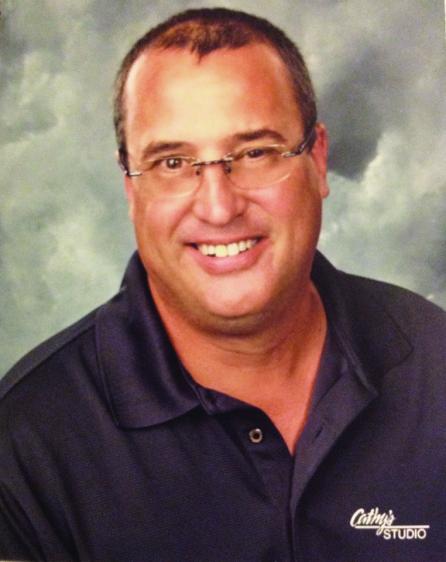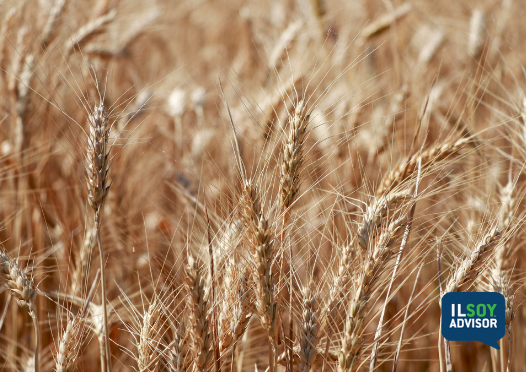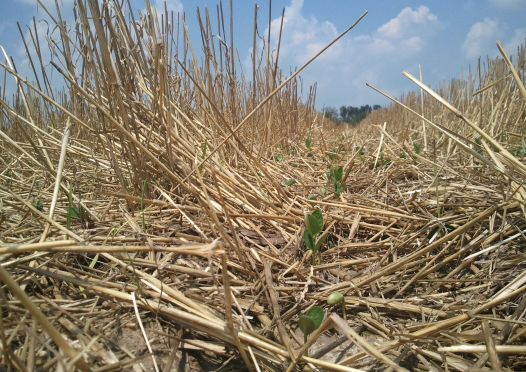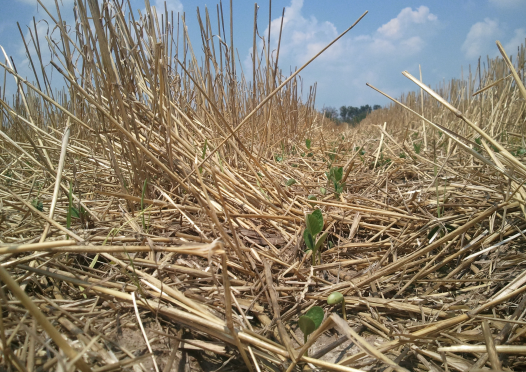ILSOYADVISOR POST
Agronomy: Thoughts on Wheat Harvest Part-2: Residue control
Once your combine is clean inside and out and you’ve done your due diligence to insure that we are not spreading unwanted weed seed from farm to another, it’s time to think about controlling residue from the straw and chaff from the heads.
Ask yourself:
- How are the chopper knives?
- Will they do a good job of sizing that material once it passes through the combine?
- Can or will the machine handle wet straw?
- How is that spreader?
- Can the spreader distribute the straw and chaff the full length of the header?
- If it can will it also do it evenly? As we move to wider heads on combines many spreaders cant distribute the material the full length evenly.
As farmers, we don’t dwell on how the chopper or spreader is doing in our corn or soybeans as long as the material is making its way out the back. Unless we are no-tilling wheat we are not overly concerned in the fall of the year as to sizing and distribution of stems, straw and chaff.
Harvesting wheat is different. It’s not just enough to get the wheat harvested but we must also control how we leave the residue from that harvest. We are going to plant right behind the combine in most instances. It becomes important to have uniform sizing and distribution so that the planter can work correctly and allow us to get a uniform stand.
Uneven sizing and distribution of the straw and chaff can cause our planter units to not penetrate the soil properly and can cause poor seed to soil contact. Those areas without any residue can allow the planter to penetrate do deep. Windrowing chaff or smaller straw particles can keep the planter unit out of the ground as well. Areas of heavy straw accumulation may not dry out evenly and be tougher and not allowing the no-till cutters to contact the soil.
While you are cleaning out that combine for weed seeds, take some time to check the chopper and spreader before we go to the field. This one little thing is one of the many things that help add up to higher double-crop soybeans yields.





Comments
Add new comment